More than 90% of the world’s central banks are looking at introducing a central bank digital currency (CBDC), to complement existing banknotes.
What is a central bank digital currency?
A CBDC is not a new currency. It is a digital representation of an existing national currency. So an Australian CBDC would have exactly the same value as an Australian dollar. It would be legal tender.
It could be available in both retail and wholesale formats but usage would be optional and it would not replace hard currency.
Retail CBDCs are likely to allow point-of-sale purchases, government payments and transfers between individuals. Central banks are still considering many design features but most think their retail CBDCs won’t pay interest.
Like the banknotes in our wallets, the CBDC we could spend using our phones would be issued by the Reserve Bank.
But it would enable more sophisticated and innovative types of financial transactions, such as “smart contracts”, than existing forms of electronic money such as credit cards.
The wholesale version, by contrast, would only be available to financial institutions. They would be comparable to the deposit (“exchange settlement”) accounts these institutions currently hold with the central bank.
Report shows a global trend
The strong interest in CBDCs has been revealed in a recent report by the Bank for International Settlements (BIS) which surveyed 86 central banks.
While the BIS report shows 94% of central banks are considering CBDCs, with about one third running pilot projects, most are being cautious and do not expect to issue their own digital currency in the next few years.
Some countries are already using them
Retail CBDCs are already being used in several countries.
The first was the so-called “sand dollar”, launched by the Central Bank of the Bahamas in 2020. The Eastern Caribbean Central Bank also launched a CBDC, called DCash, in 2021. Nigeria and Jamaica also have CBDCs.
The major economy most advanced in work on a retail CBDC is China. The digital yuan, or e-CNY, has been widely trialled.
A possible Bank of England CBDC, or digital pound, has been nicknamed a “Britcoin” but no decision has yet been taken about whether it will go ahead.
If it does, it will require a vote in parliament and would then take a few years to introduce.
What are their uses and risks?
Central banks might be motivated to adopt CBDCs to preserve the role of central bank money. This would help ensure monetary policy remains an effective tool for managing the economy.
CBDCs might also make cross-border payments faster and cheaper. This is especially helpful in countries where many families rely on remittances from members working overseas.

A digital yuan is already being widely trialled in China. Koshiro K/Shutterstock
Countries where a large proportion of the population don’t have bank accounts may see scope for improving financial inclusion.
One concern is that a retail CBDC might replace commercial bank accounts. Bank customers might transfer funds from banks to the absolute safety of a CBDC.
This could facilitate illegal activity because, like banknotes, CBDCs may be fully anonymous. But there may be privacy concerns if, to avoid this, people have to register to use a CBDC.
Smart coin for smart contracts
A smart contract involves an instant payment made simultaneously with, and conditional on, the transfer of ownership of an asset.
Vending machines provide a good analogy. If you insert $2 and press B4, then the machine dispenses the cookies in the B4 slot. In other words, if (and only if) the vending machine receives the required item of value, then it instantly performs the requested action.
So far, smart contracts have mainly been used for purchases of digital assets such as NFTs. In principle they could be used for buying shares or houses to ensure that the transfer of ownership happens automatically and simultaneously with the payment being made.
If they are to be used for important transactions such as buying shares and homes the payment needs to made using something whose value will not fluctuate between the time a customer decides to buy and when the transaction takes place.
Most discussion of smart contracts has suggested they could be based on so-called stablecoins, such as Tether and USDC. This form of cryptocurrency purports to hold reserves in high quality assets and therefore can maintain parity with a national currency such as the US dollar.
In practice, stablecoins are rarely used for payments outside the crypto ecosystem, and one major Australian bank, the National Australia Bank, has just abandoned its stablecoin project.
Even Meta/Facebook, with its deep pockets and enormous customer base, gave up on its Libra/Diem stablecoin project.
But a CBDC could provide a trustworthy basis for smart contracts.
As the BIS’ chief economist Hyun Song Shin put it, “anything that crypto can do CBDCs can do better”.
The Reserve Bank’s attitude
Australia’s Reserve Bank has so far been cautious about issuing a CBDC.
Then governor Philip Lowe said in 2021 “we have not seen a strong public policy case to move in this direction, especially given Australia’s efficient, fast and convenient electronic payments system”.
As more than 99% of Australian adults have a bank account, the financial inclusion motive does not apply here. And few Australian families rely on international remittances.
Also, Australia’s payments system has been improved over recent years. There is no sign of stablecoins or other crypto making a meaningful challenge to the use of the Australian dollar for payments.
But the Reserve appears to have become more interested of late. An assistant governor said last year a CBDC could “spur innovation” and a study conducted jointly by the Reserve Bank and the Digital Finance Cooperative Research Centre has identified possible uses, including smart contracts, faster settlement of financial transactions and a back-up payments system.
The Bank will be releasing a paper soon setting out a “roadmap for future work”.






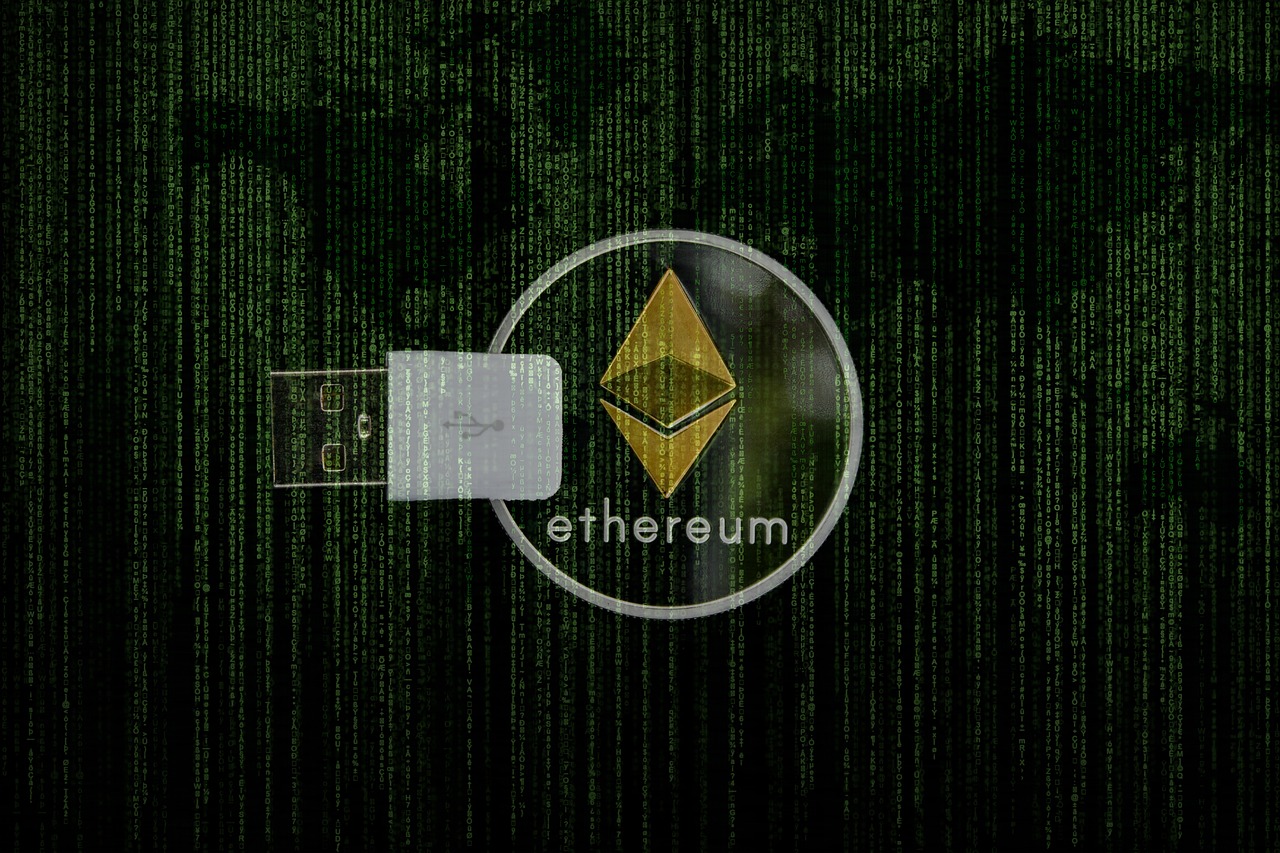


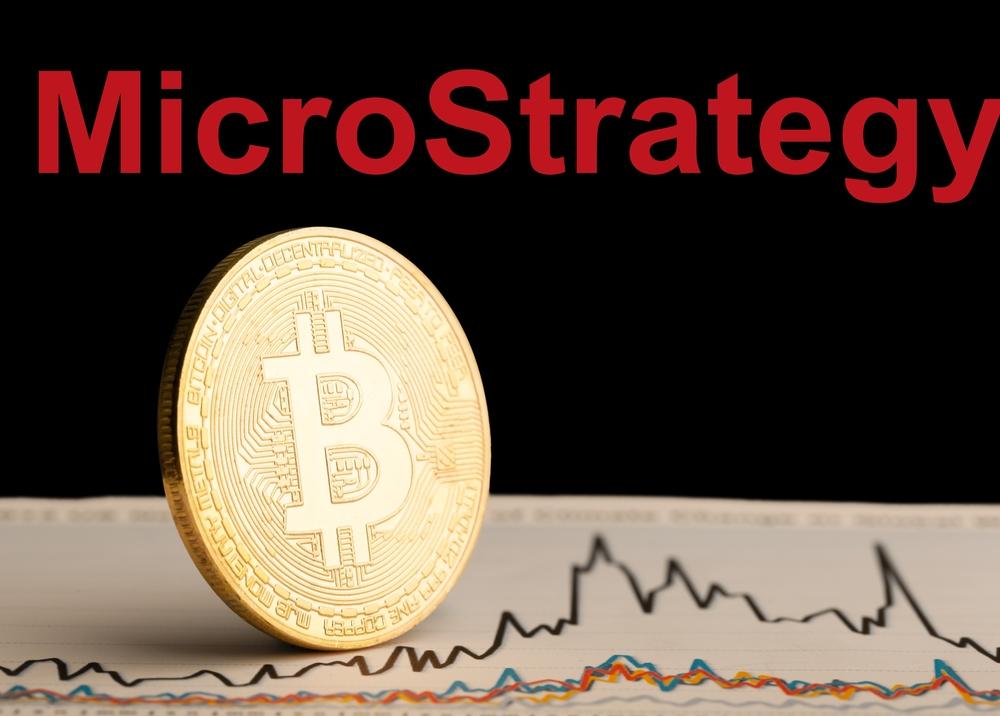




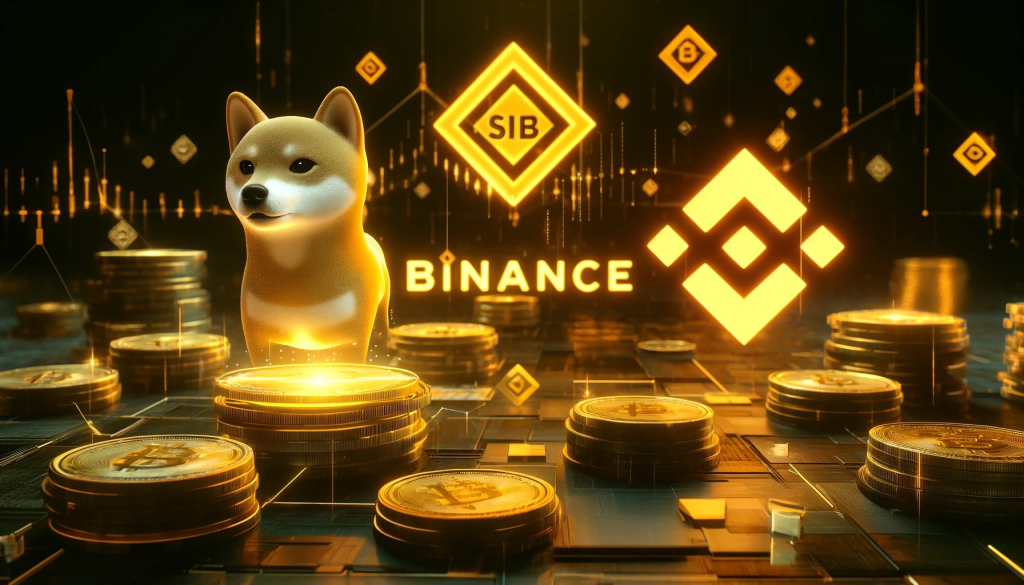

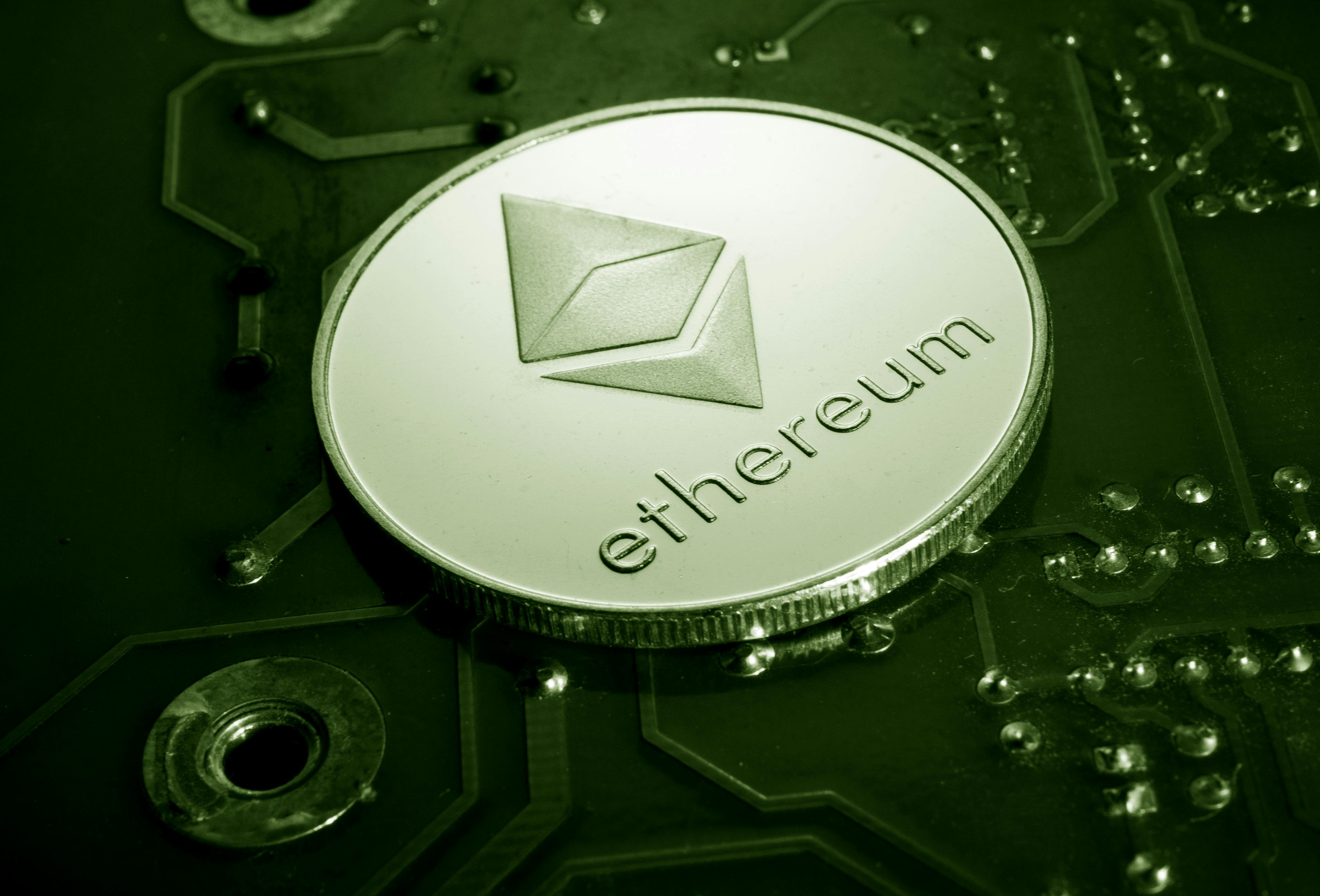
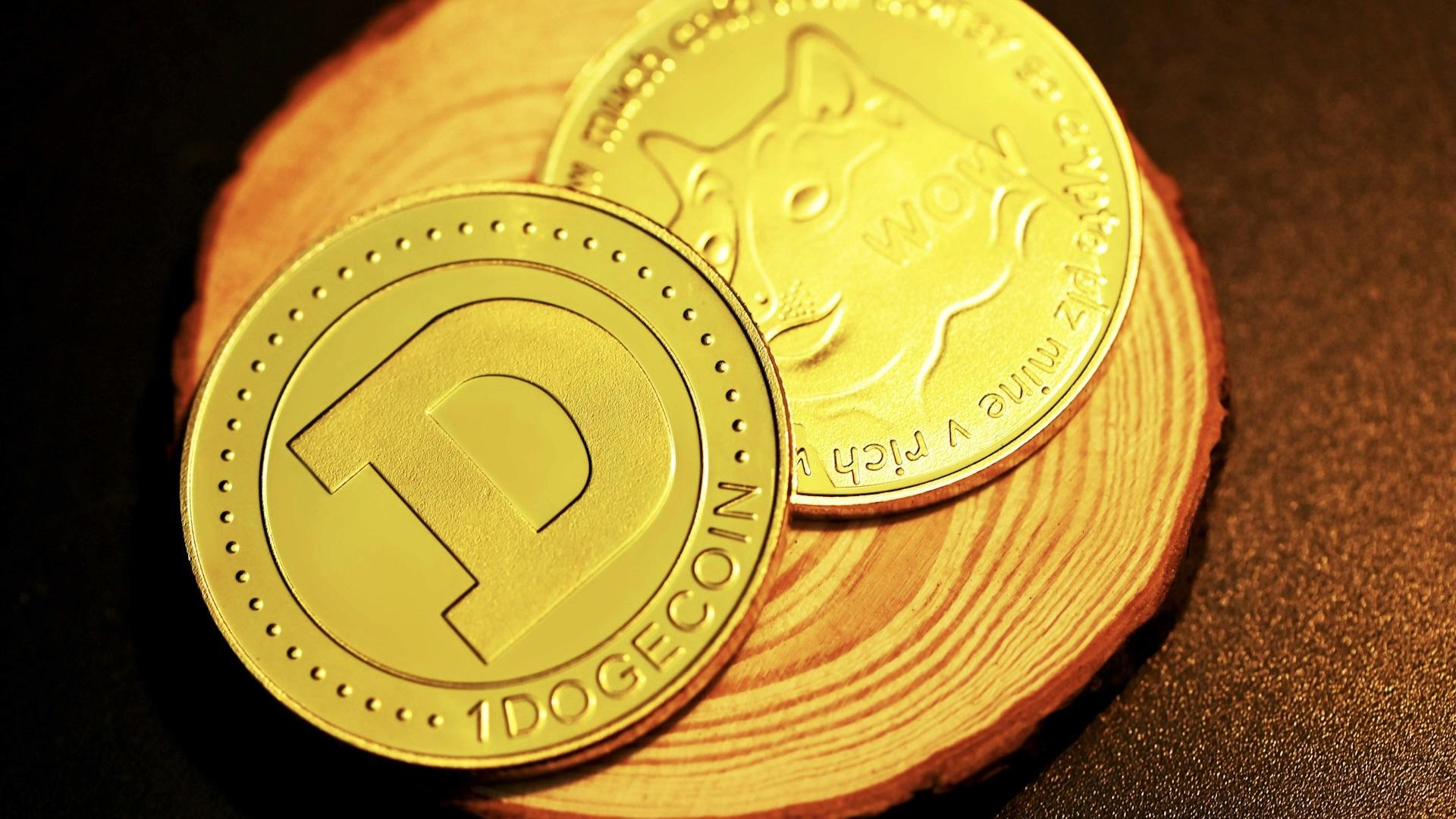

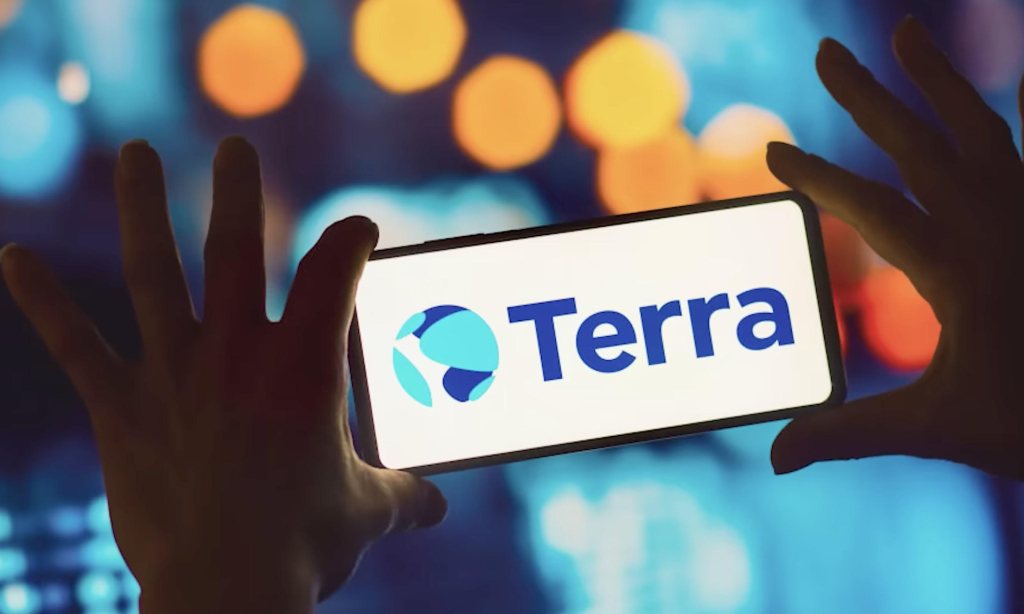
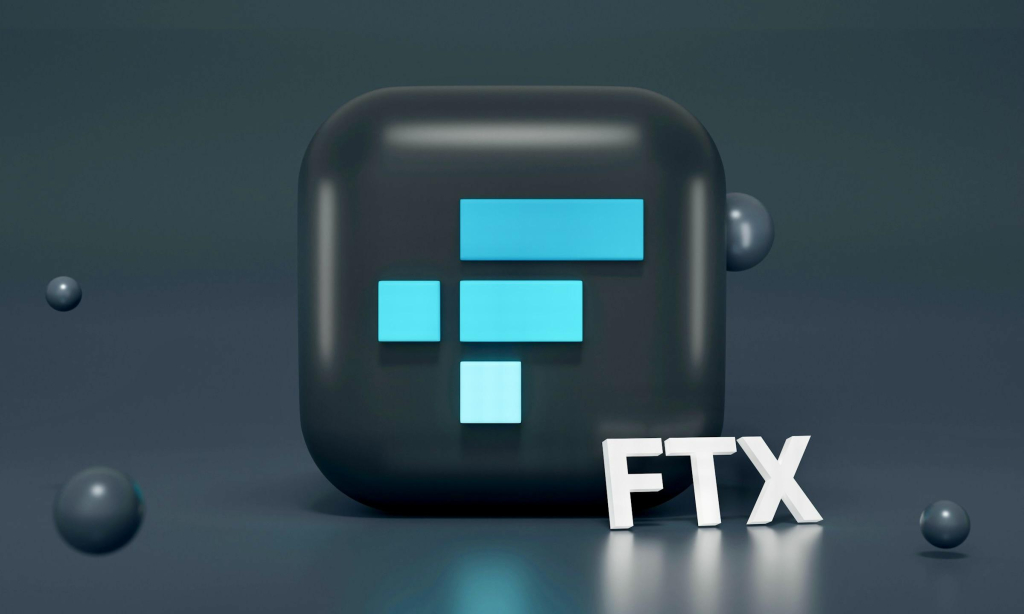
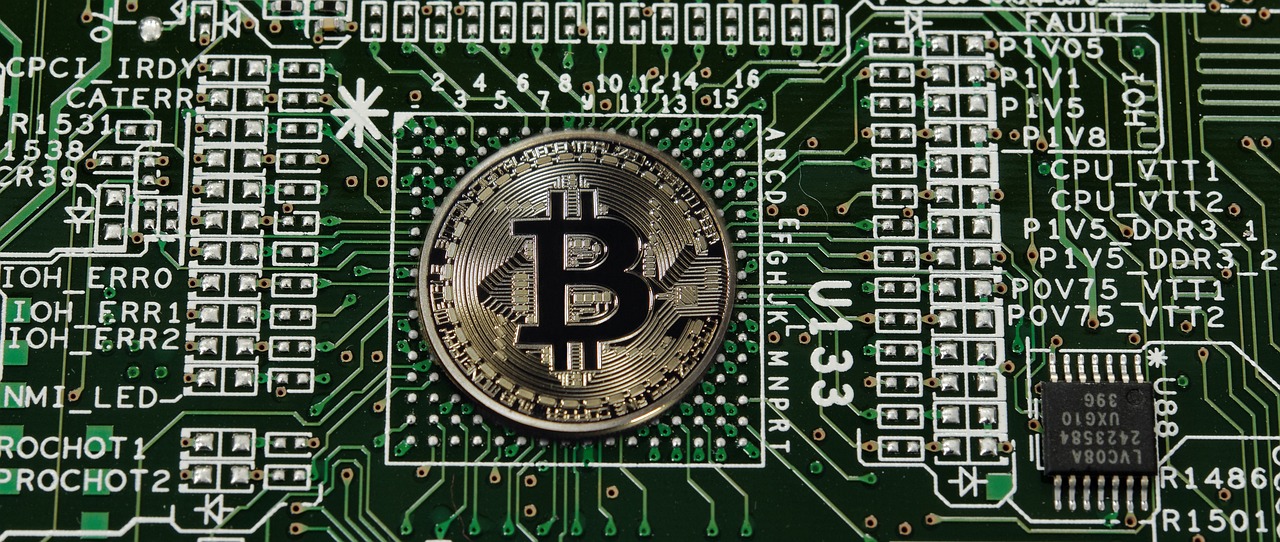
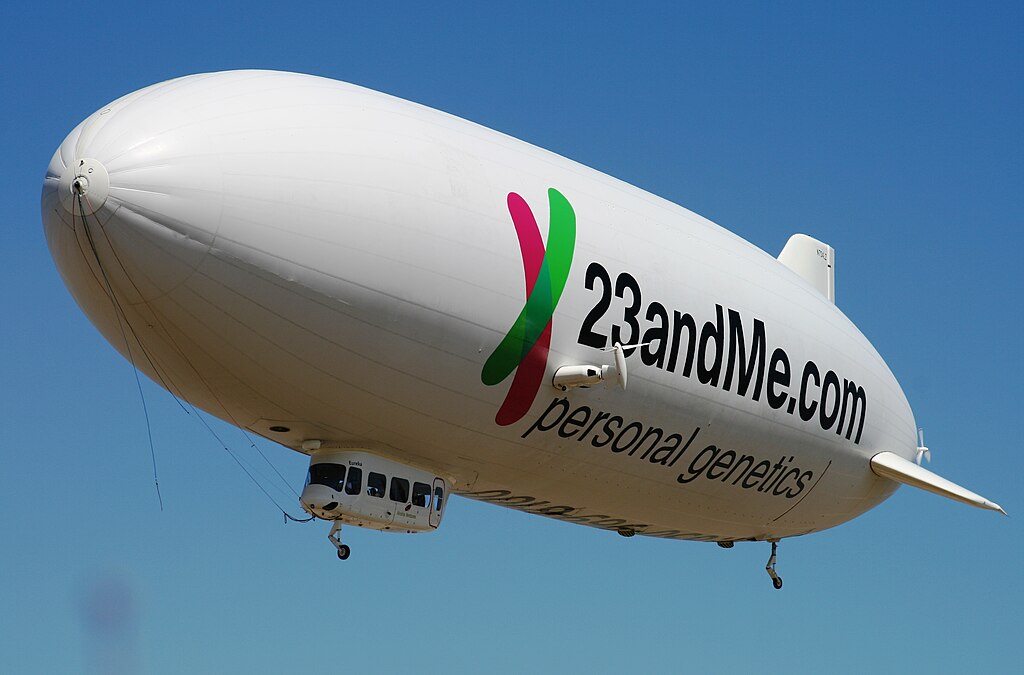

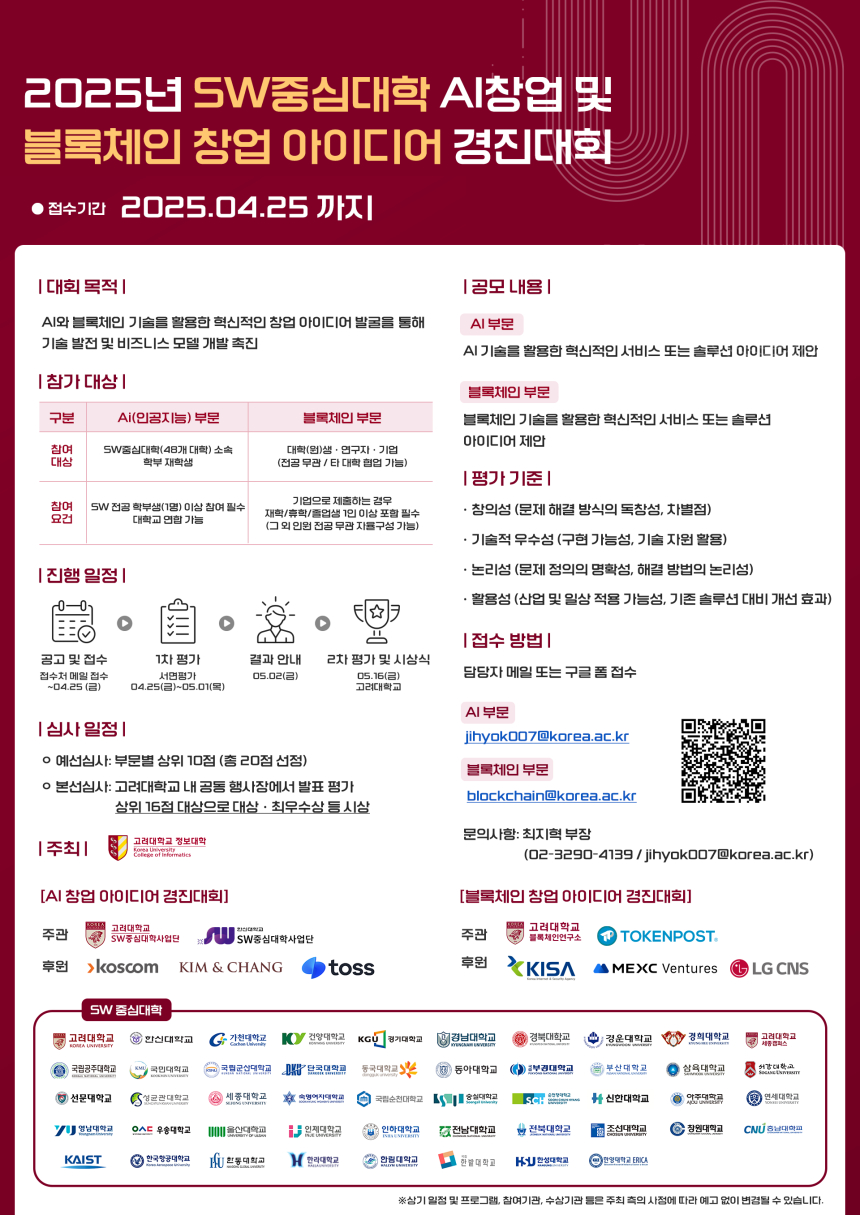

Comment 0